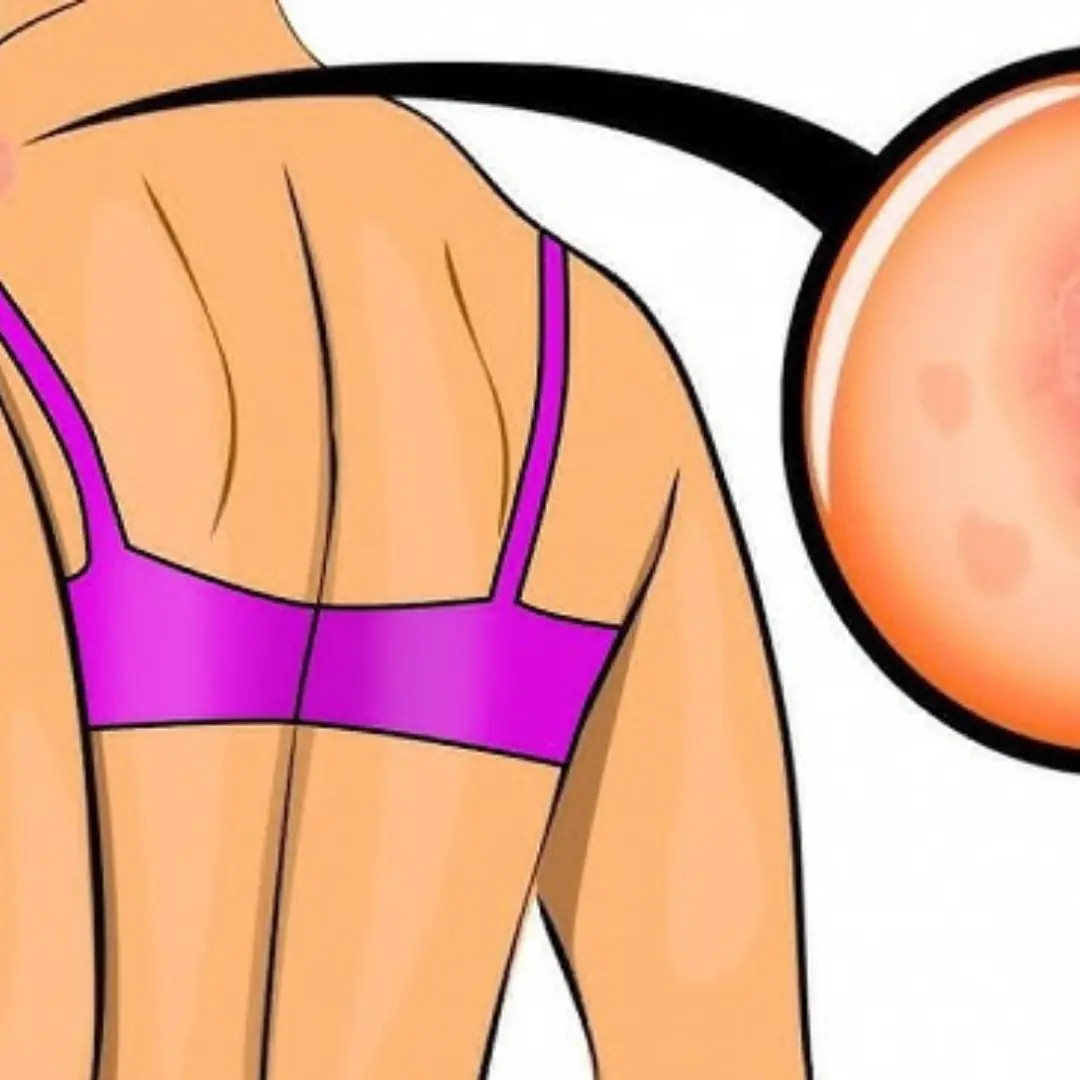
3 ABNORMALITIES in the hand warn of liver can.cer
Three Hand Abnormalities That Could Signal Liver Cancer: Don’t Ignore These Subtle Clues
Your hands can reveal more than your daily habits—they can offer critical insights into your internal health. While occasional aches or dryness may be easily dismissed, certain persistent changes in the appearance or texture of your hands and nails may point toward serious conditions, including liver cancer. Recognizing these warning signs early can accelerate diagnosis, improve treatment outcomes, and—even more importantly—save lives. Below, we examine three key hand abnormalities that warrant prompt medical evaluation.
1. Leukonychia (White Spots and Patches on the Nails)
What it looks like: Small white spots (often called “milk spots”) or larger white patches that appear on one or more fingernails (and sometimes toenails), regardless of your age, sex, or occupation. In the image, you can see isolated oval white marks circled at the base of the nail, as well as scattered dots across multiple nails.
Why it matters:
-
Hypoalbuminemia Indicator: Leukonychia may result from a drop in serum albumin—a protein produced by the liver. Liver cancer and other advanced liver diseases often impair the liver’s ability to synthesize albumin, leading to low blood levels.
-
Beyond Trauma: While minor trauma to the nail matrix is the most common cause of white spots, persistent or widespread leukonychia—especially when accompanied by other symptoms—should raise suspicion of systemic disease.
Underlying mechanism:
When the liver cannot produce sufficient albumin, the nail bed’s capillary dynamics change, leading to altered light reflection and the appearance of white spots. In severe cases, nearly the entire nail plate may turn white (a condition known as “Terry’s nails,” discussed below).
What to do:
If you notice new or increasing white discoloration on multiple nails—particularly if you have risk factors for liver disease (chronic hepatitis, heavy alcohol use, metabolic syndrome)—schedule a blood panel that includes liver function tests and serum albumin. Early detection of hypoalbuminemia can trigger imaging studies (ultrasound, CT, or MRI) to rule out liver masses or cirrhosis.
2. Terry’s Nails (Predominantly White Nails with a Narrow Pink Band)
What it looks like: The nail plate appears almost completely ivory-white, with a thin rim of pink or brown at the tip. The lunula (the half-moon shape at the base) may be absent or barely visible.
Why it matters:
-
High Association with Liver Disease: Terry’s nails are observed in up to 80% of patients with cirrhosis and are sometimes seen in those with hepatocellular carcinoma (primary liver cancer).
-
Systemic Implications: This nail change may also occur in congestive heart failure and diabetes mellitus, but when combined with other hand abnormalities, a liver origin must be considered.
Underlying mechanism:
Advanced liver damage leads to chronic hypoalbuminemia and peripheral vasodilation. The resulting blanching of the nail bed produces the characteristic whiteness, while the narrow distal band reflects relatively preserved vascular supply at the nail tip.
What to do:
Terry’s nails should prompt immediate evaluation of overall liver health. Alongside liver enzyme tests and imaging studies, your physician may recommend an alpha-fetoprotein (AFP) blood test, which can be elevated in liver cancer. If AFP levels are high or imaging reveals suspicious lesions, a biopsy may be necessary to confirm the diagnosis.
3. Palmar Erythema and Dupuytren’s Contracture
While nail changes are among the most visible signs, two additional hand findings are strongly linked to chronic liver disease and liver cancer:
-
Palmar Erythema: A symmetrical reddening of the palms—especially at the heel of the hand (hypothenar area)—that does not blanch completely when pressed. It often appears without rash or itchiness.
-
Dupuytren’s Contracture: Thickening and puckering of the palmar fascia, leading to progressive flexion contracture of one or more fingers (classically the ring and little fingers).
Why these matter:
-
Hormonal and Vascular Changes: Liver dysfunction disrupts estrogen metabolism and increases circulating vasodilatory substances, leading to persistent palmar redness.
-
Fibroblast Activation: Chronic liver disease—particularly alcoholism and cirrhosis—can activate fibroblasts in the palm, resulting in Dupuytren’s contracture. Studies have shown a higher prevalence of palmar fascial thickening in patients with advanced liver pathology.
What to do:
-
Palmar Erythema: If you notice persistent redness on both palms—unrelated to temperature or activity—ask your doctor to check liver enzymes, hormone levels, and markers of inflammation.
-
Dupuytren’s Contracture: While early-stage contracture can be managed conservatively, recurrent or rapidly progressing hand contractures often prompt an evaluation for underlying systemic causes. In the context of known liver disease or other risk factors, referral to a hepatologist is advisable.
Connecting the Dots: Why Hand Signs Matter in Liver Cancer
-
Subtlety Can Mask Seriousness: Many individuals dismiss white spots on their nails as harmless trauma or nail-biting. Likewise, mild palm redness may be attributed to friction, temperature, or superficial rash. Yet, when multiple signs coexist—especially in someone with risk factors like chronic hepatitis, heavy alcohol consumption, or obesity—the possibility of liver cancer must be considered.
-
Early Diagnosis Improves Prognosis: Hepatocellular carcinoma often develops on a backdrop of cirrhosis. Detecting liver dysfunction early—before tumors become large or symptomatic—allows for curative treatments such as surgical resection, ablation, or liver transplant.
-
Noninvasive Clues: Physical exam findings on the hands offer a low-cost, noninvasive screening tool. While not diagnostic on their own, these signs can trigger further testing and imaging, accelerating the diagnostic process.
What You Can Do Right Now
-
Perform a Weekly Self-Check: Examine your nails and palms under good lighting. Look for new white spots, overall nail whitening, persistent redness, or skin thickening on the palms.
-
Note Associated Symptoms: Fatigue, unexplained weight loss, abdominal discomfort, dark urine, or yellowing of the eyes/skin (jaundice) heighten the concern for liver disease.
-
Discuss with Your Physician: Bring any findings to your next primary care appointment. A simple physical exam combined with routine blood tests can provide crucial early information.
-
Adopt a Liver-Healthy Lifestyle: Limit alcohol intake, maintain a healthy weight, follow a balanced diet rich in fruits and vegetables, and stay physically active. For those with chronic viral hepatitis, adhere to antiviral therapy as prescribed.
When to Seek Immediate Medical Attention
-
Rapid Onset or Worsening: Sudden development of widespread white nail discoloration, new-onset palmar erythema, or worsening Dupuytren’s contracture over weeks rather than months.
-
Systemic “Red Flags”: Jaundice, severe fatigue, confusion (hepatic encephalopathy), painful abdominal swelling (ascites), or unexplained fever.
Conclusion
Our hands serve as a visible window into our internal health. While most nail spots and palm redness are benign, the coexistence of leukonychia, Terry’s nails, palmar erythema, and Dupuytren’s contracture—especially in patients with known liver risk factors—should prompt thorough evaluation for liver cancer and other hepatic conditions. By educating yourself about these subtle markers and seeking timely medical advice, you can take proactive steps toward early detection and treatment. Remember: when it comes to serious diseases like liver cancer, vigilance and prompt action are your strongest allies.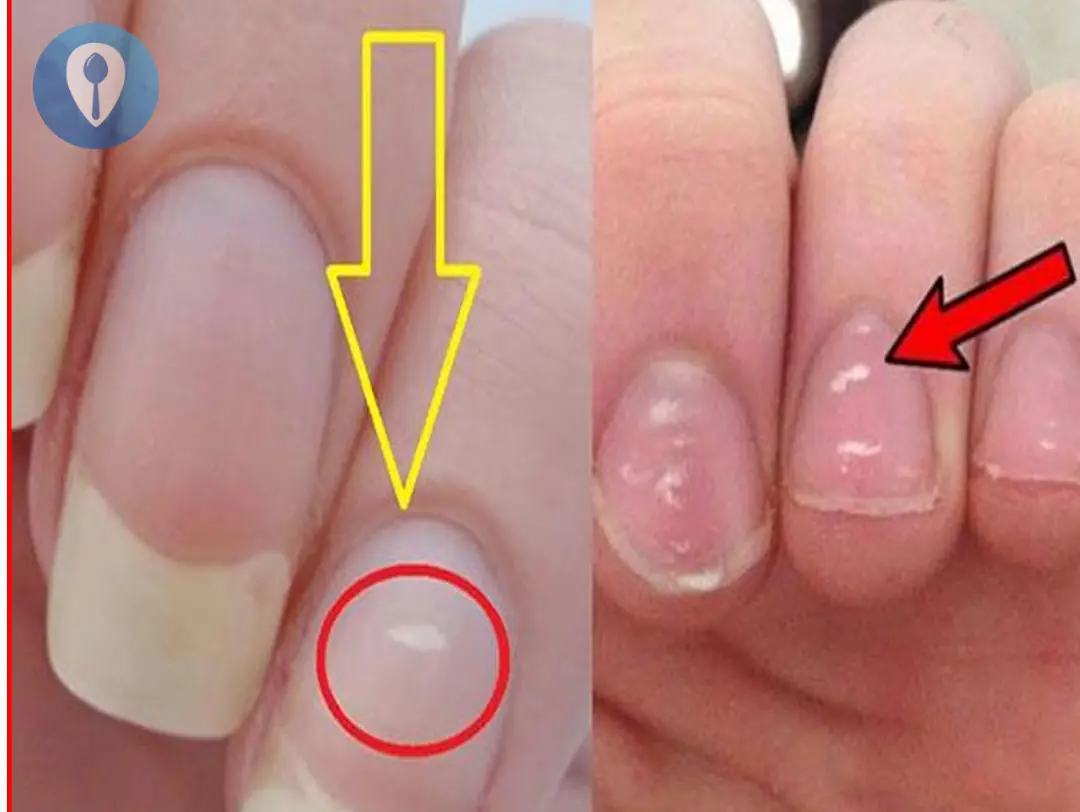
News in the same category

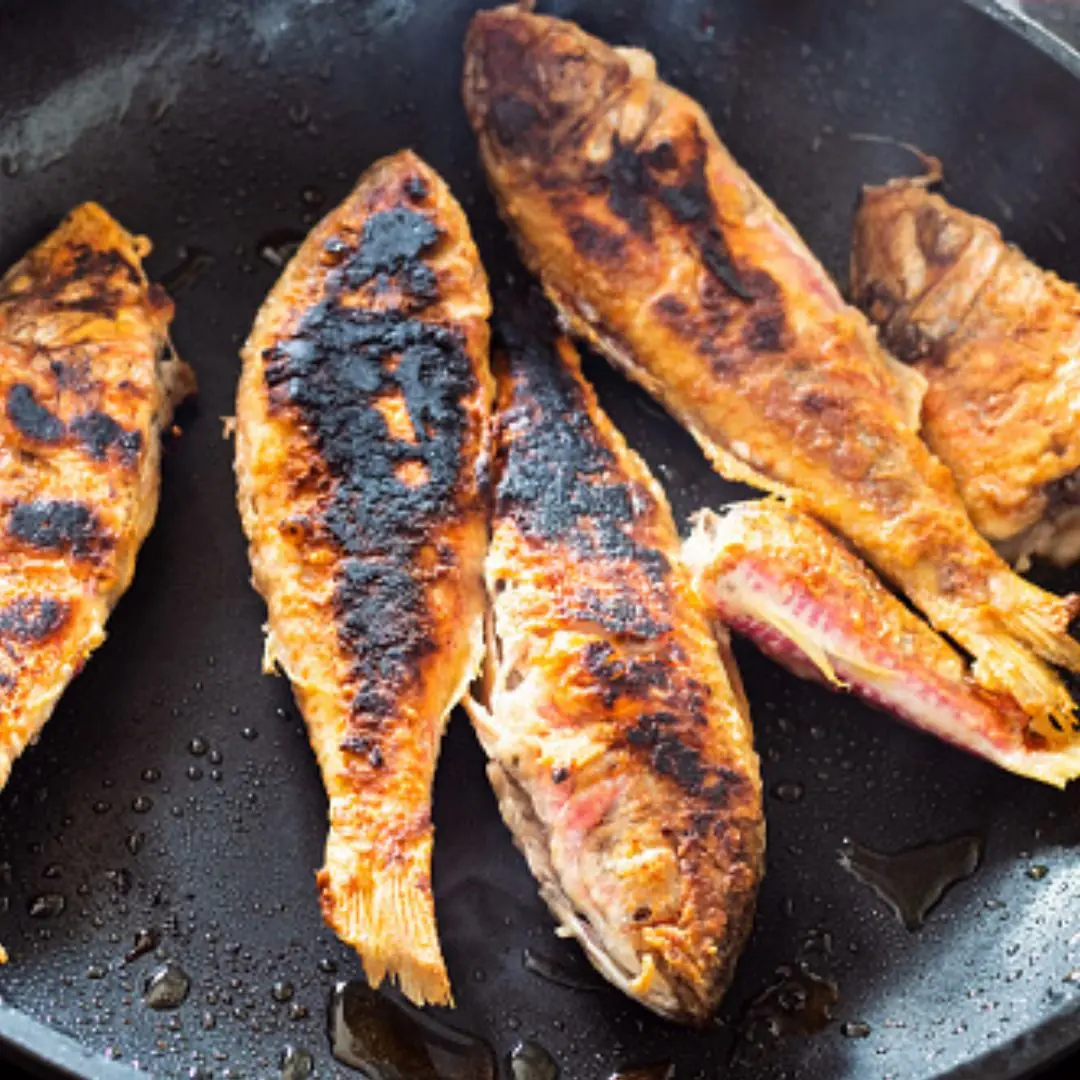
Fish is very good for your health, but absolutely do not eat it like this: It can easily cause cancer, many people still get it.
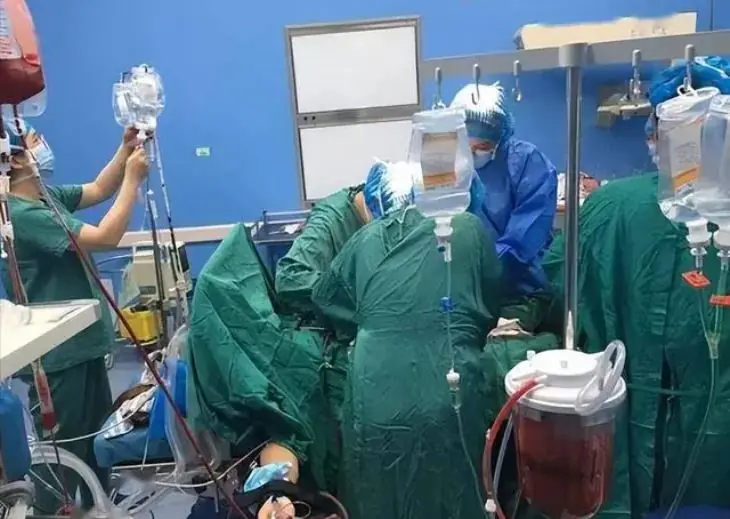
Waking Up at Night to Drink Water, a 59-Year-Old Man Di.ed Five Days Late
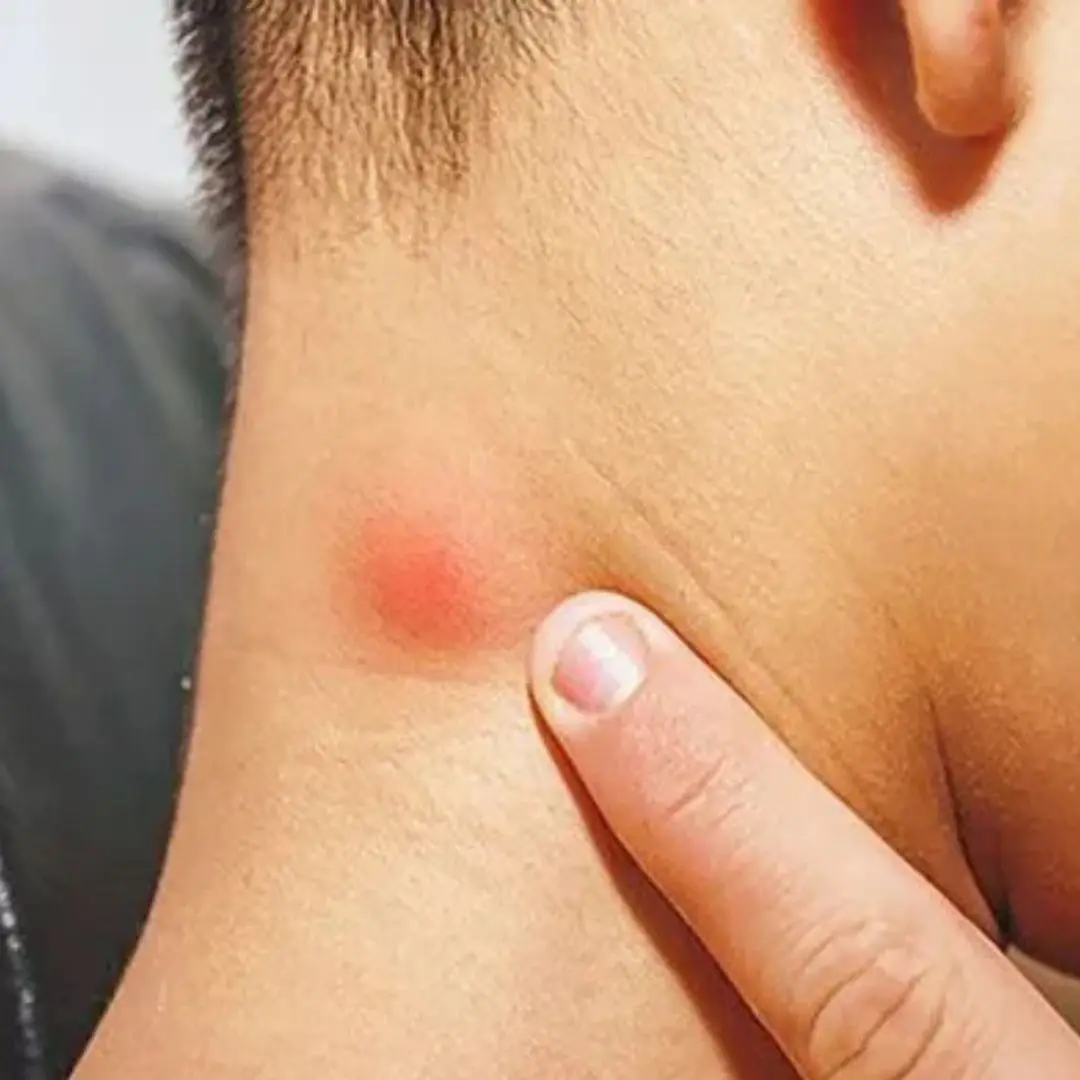
Found a Lump on Your Neck? Here’s What It Could Really Mean
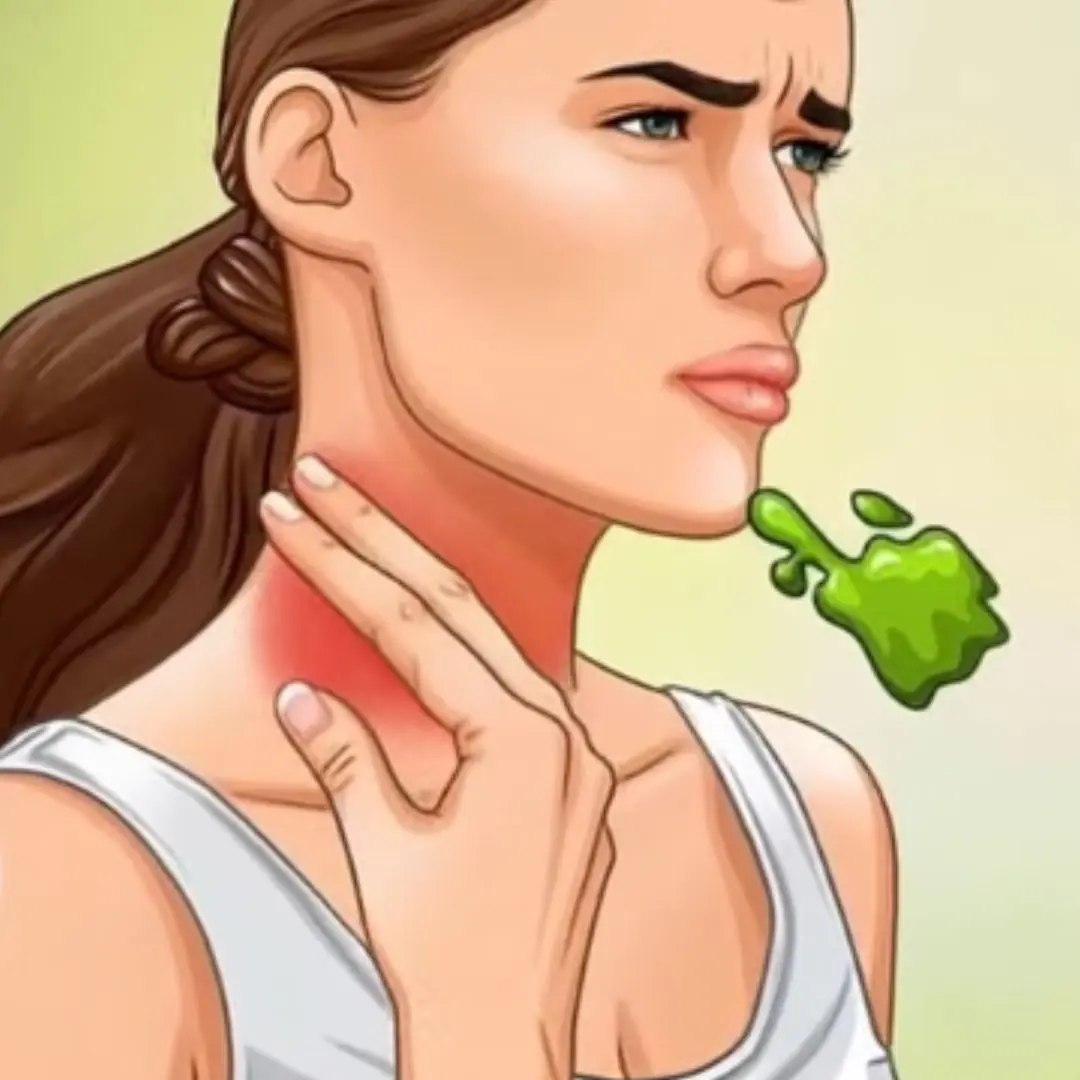
Why your throat keeps filling with mucus — the real causes revealed

What time should you take a bath to ensure health safety and reduce the risk of stroke?
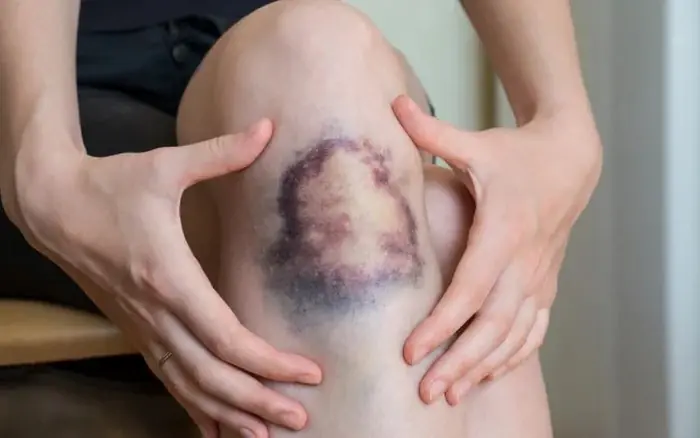
People with These 4 Skin Signs May Have “Loads” of Can.cer Cells Without Knowing It
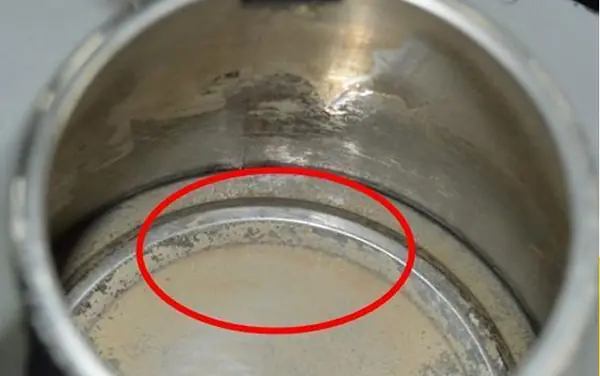
Be Careful If Your Family Often Boils Water with an Electric Kettle
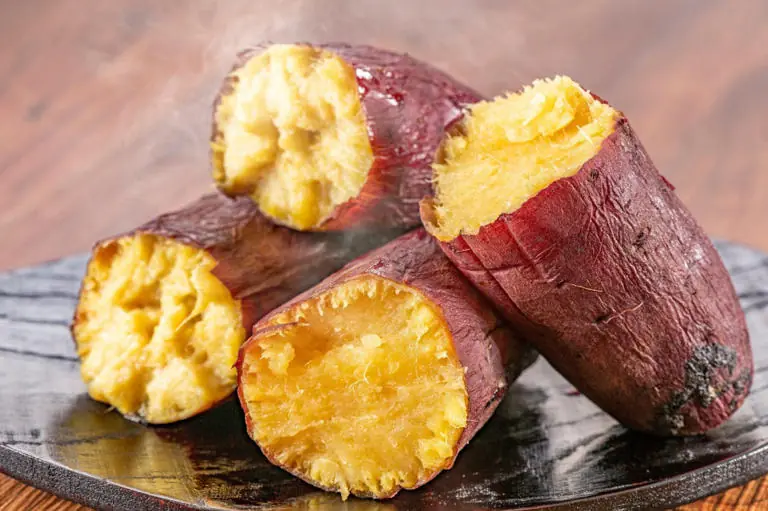
Eat the Right Carbs, Nourish the Spl.een and Sto.mach:
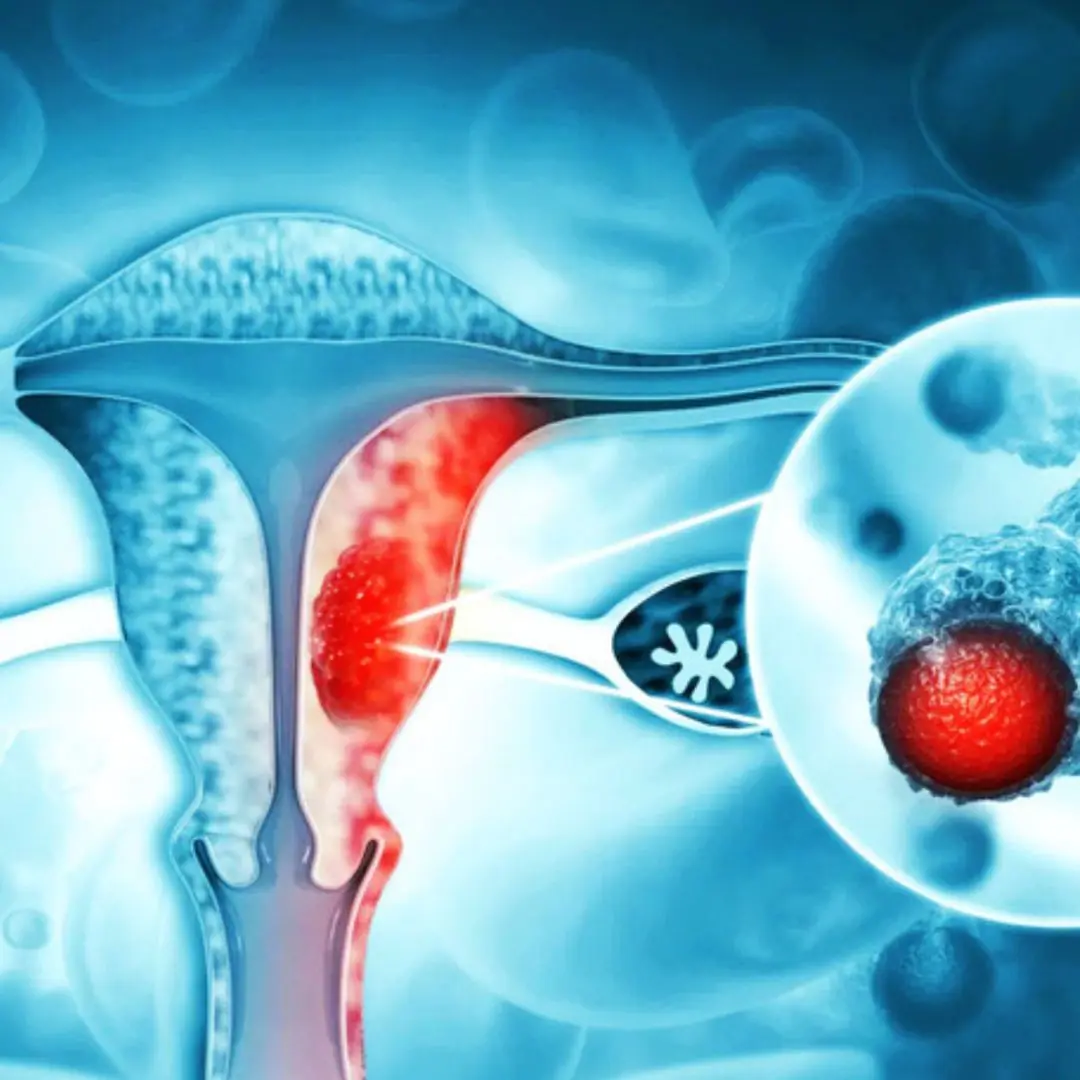
3 intimate habits of husbands that may increase wives' ri.sk of cer.vical can.cer: Stop before it's too late
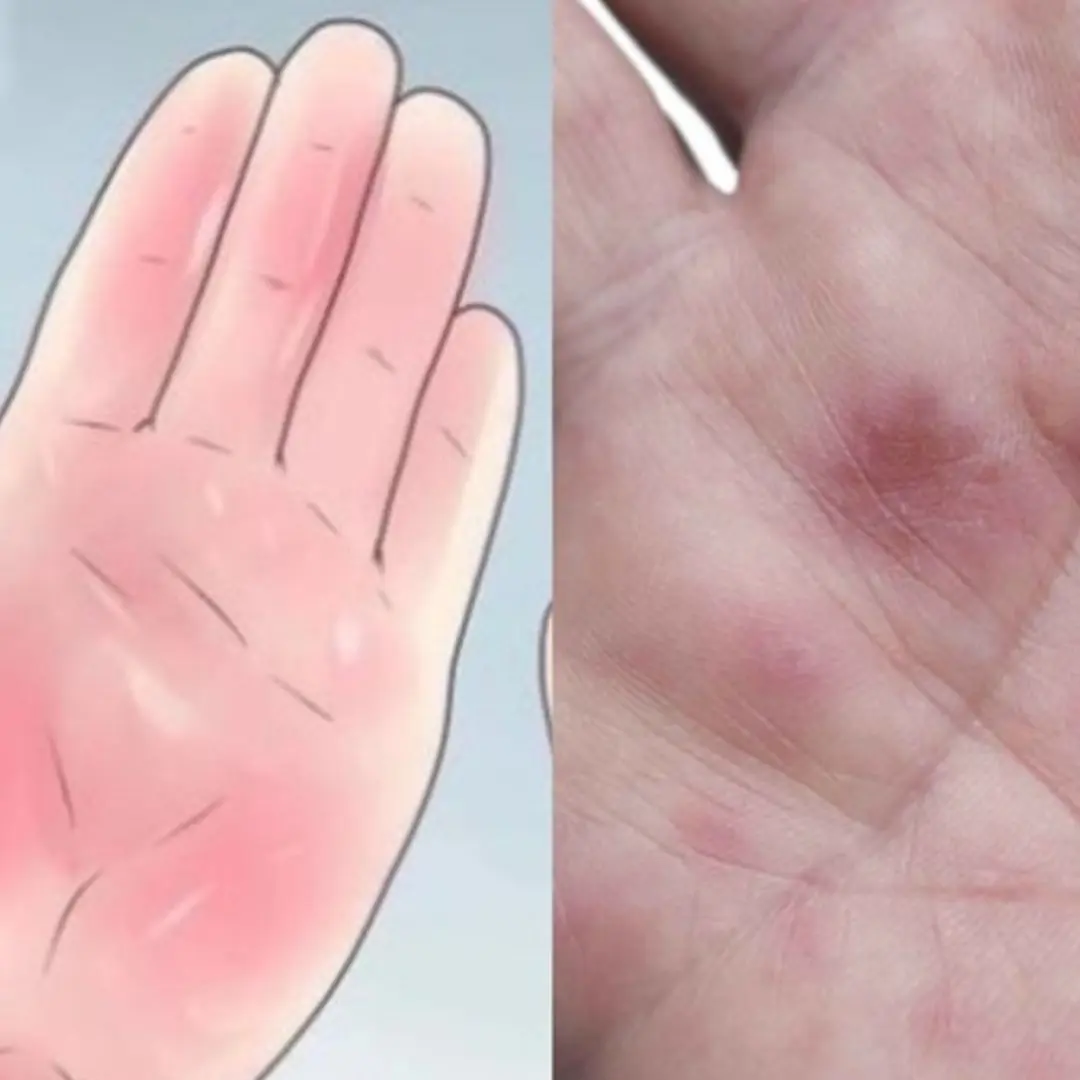
If your hands show any of these 4 warning signs, see a doctor right away — your body might be signaling a serious health problem!
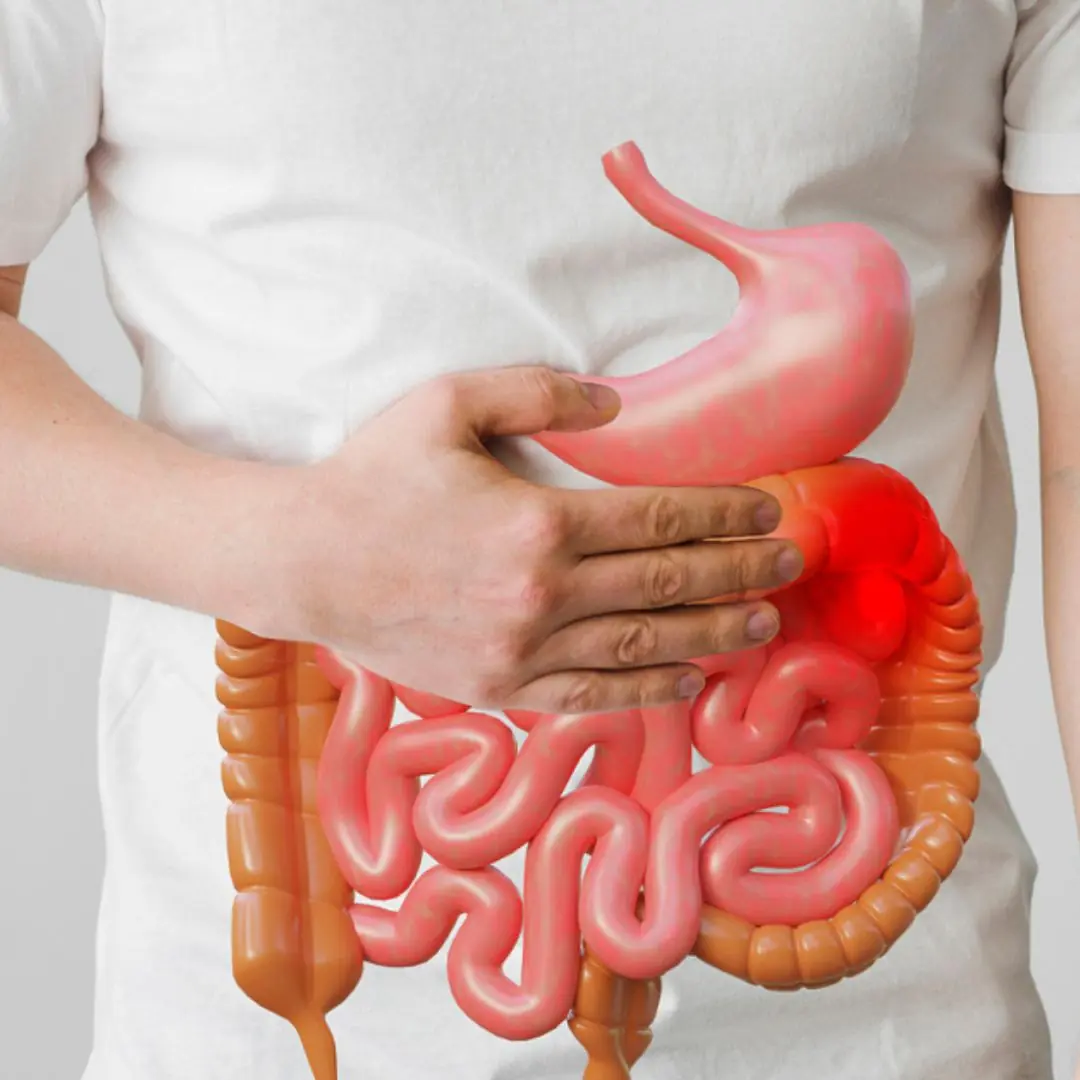
6 warning signs that your intestinal disease is serious, if you have just 1 you should go see a doctor
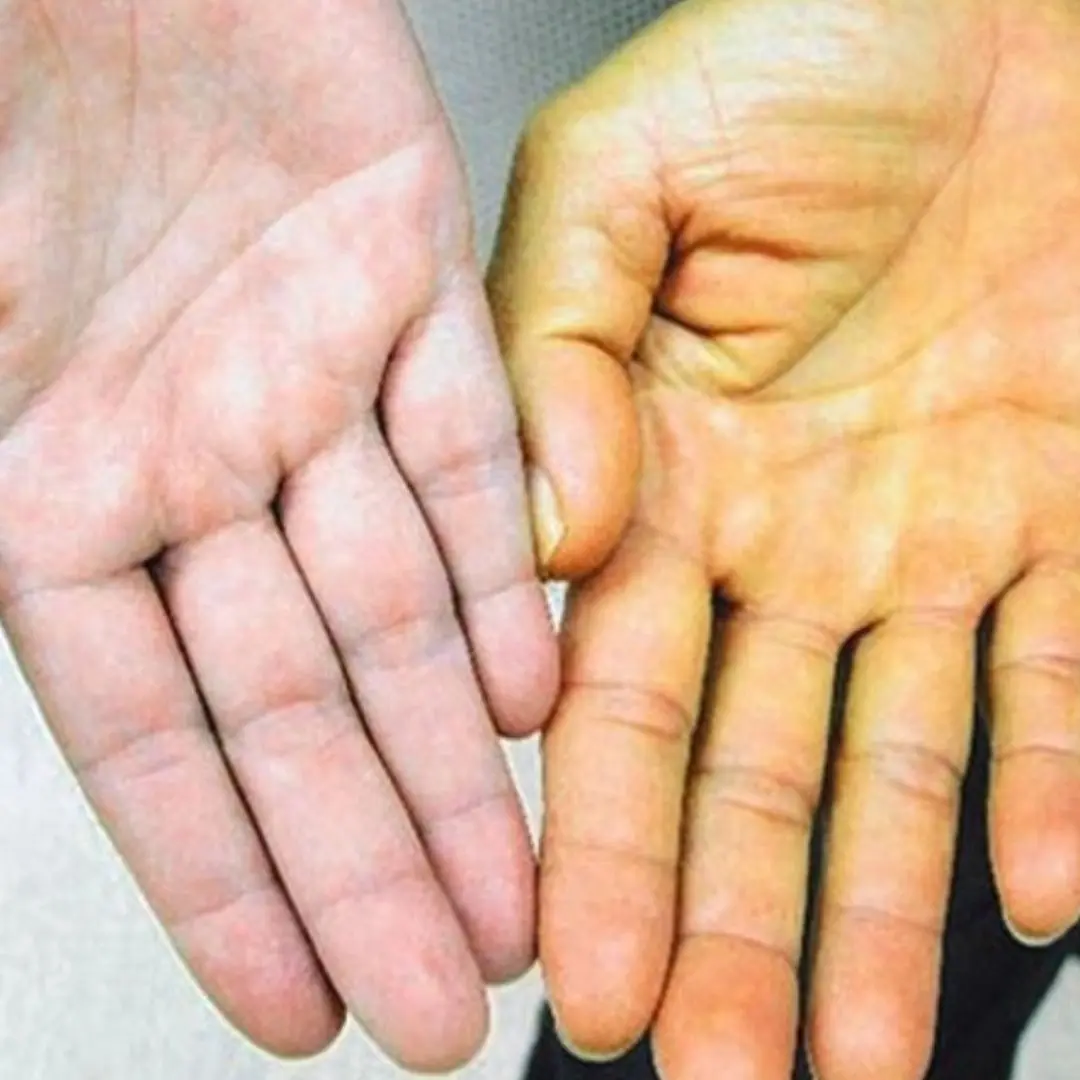
3 abnormalities in the hand warn of liver can.cer
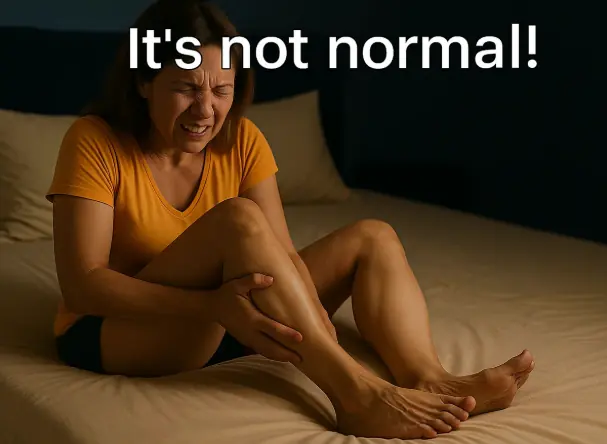
When Nighttime Leg Cramps Become a Concern
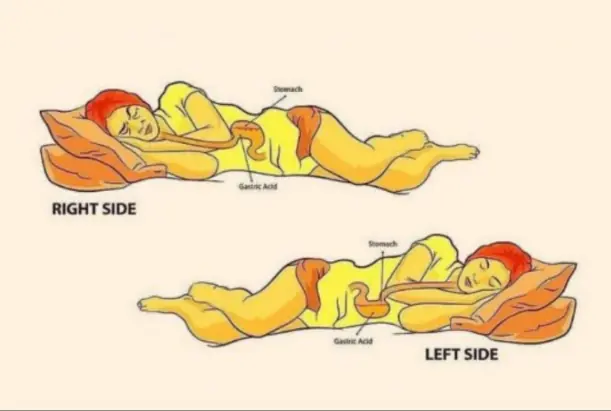
What Sleeping On Your Left Side Does For Your Brain, Stomach And Lymphatic System
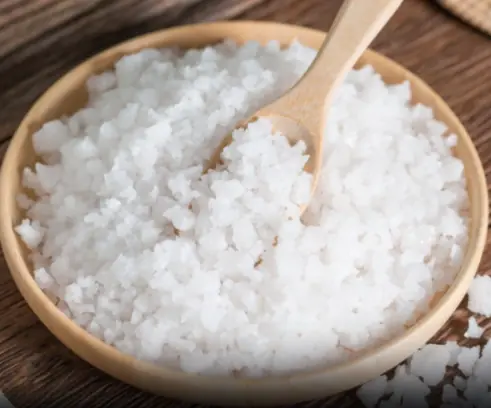
This One Superfood Could Tackle Major Health Issues—Here’s What You Need To Know
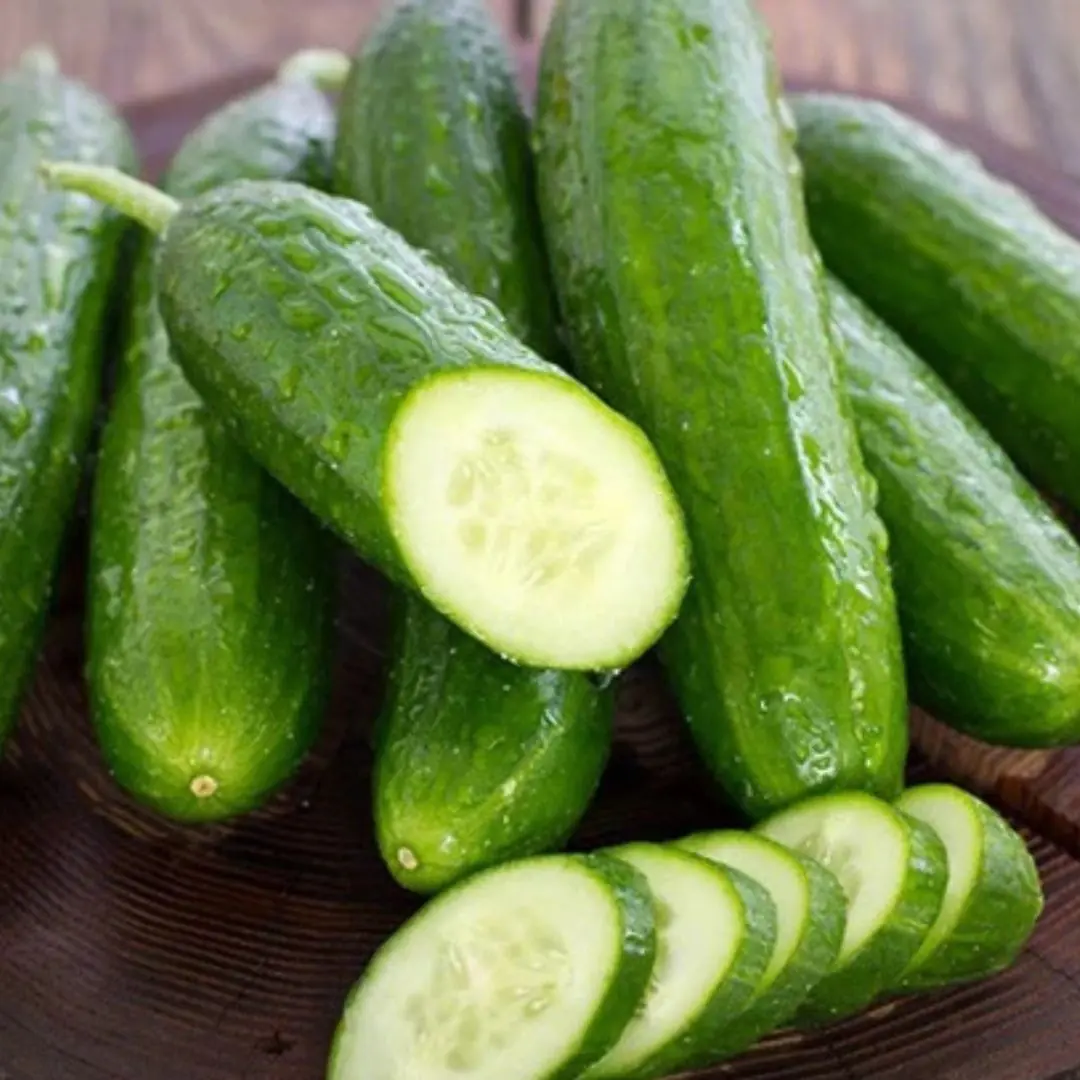
Cucumbers are delicious and healthy, but these 4 groups of people should avoid eating them
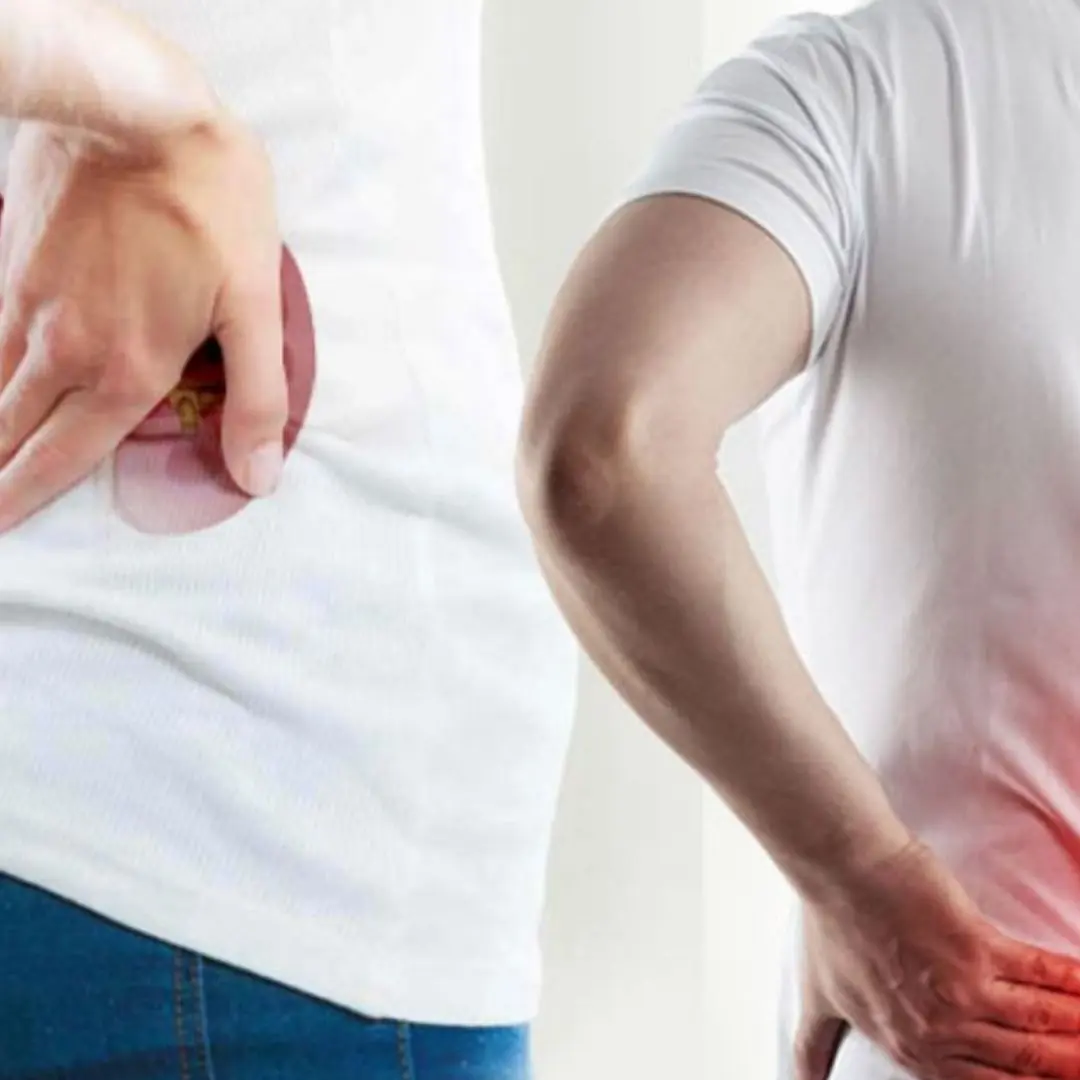
3 everyday foods that are slowly destroying your kidneys
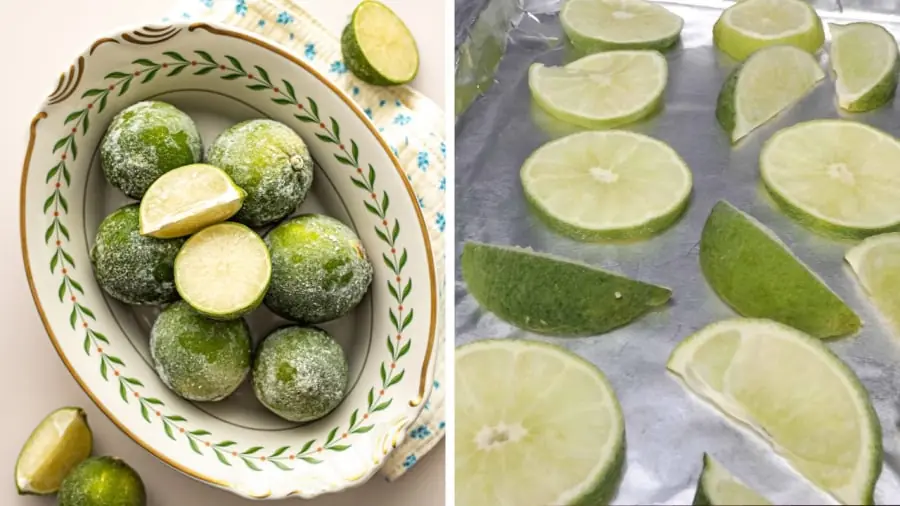
Use Frozen Lemons This Way and Gain 4 Surprising Health Benefits — Without Harming Your Sto.mach
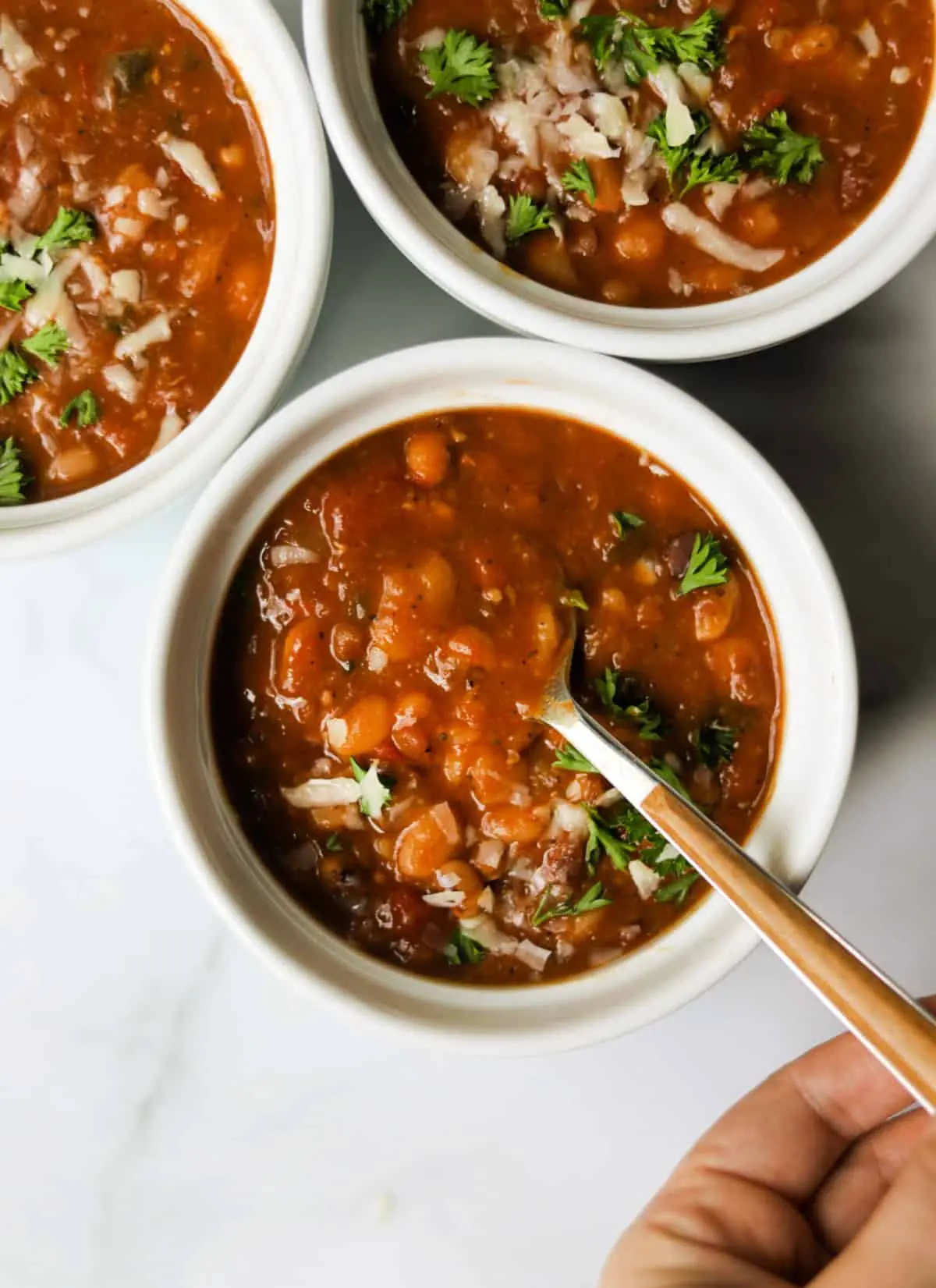
The Vegetable That Eats All the Sugar in Your Body – The Silent Enemy of Diabetes
News Post
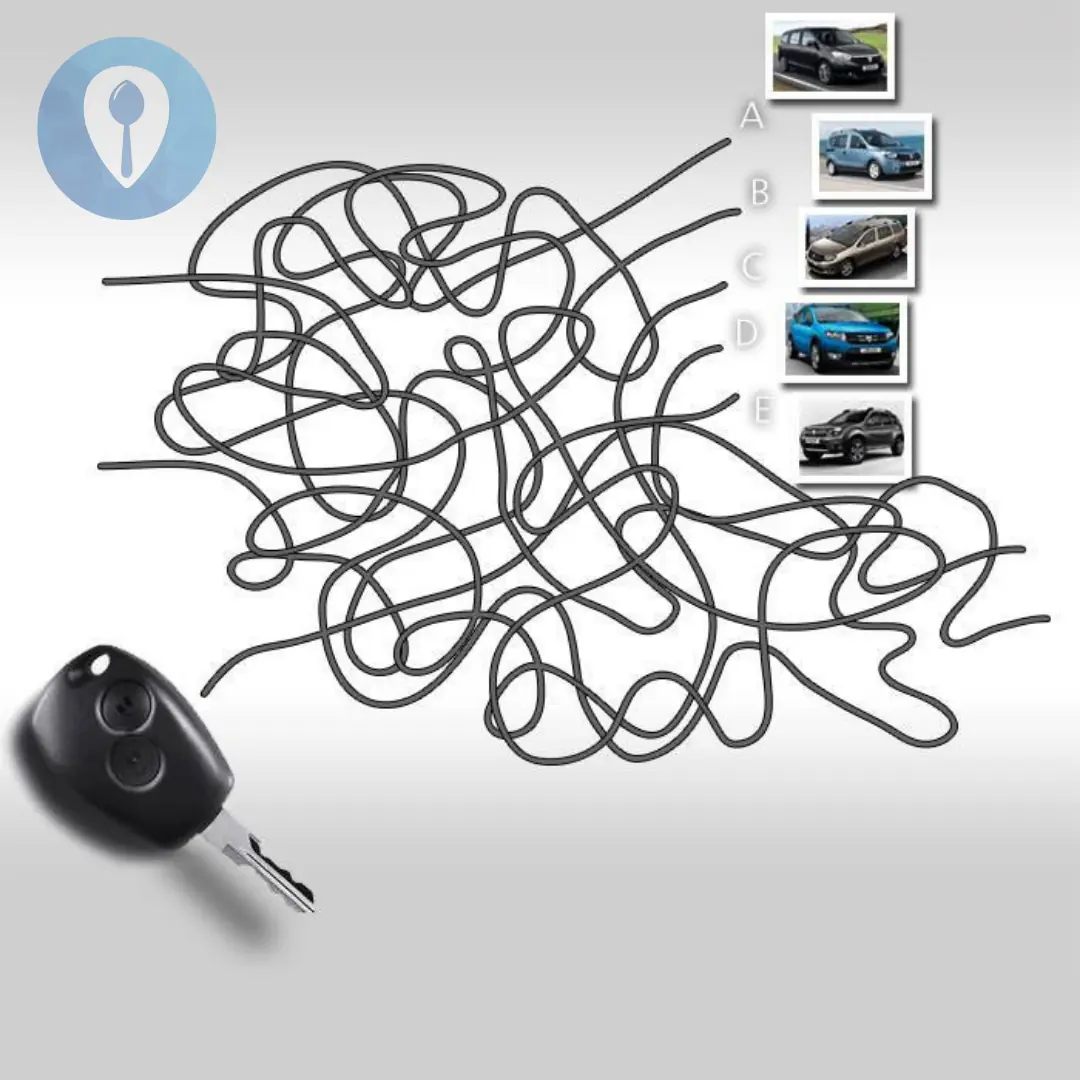
This key only opens one of the five cars — can you guess which one?

7 Warnings Your Body Gives You When You’re Too Stressed

Fish is very good for your health, but absolutely do not eat it like this: It can easily cause cancer, many people still get it.
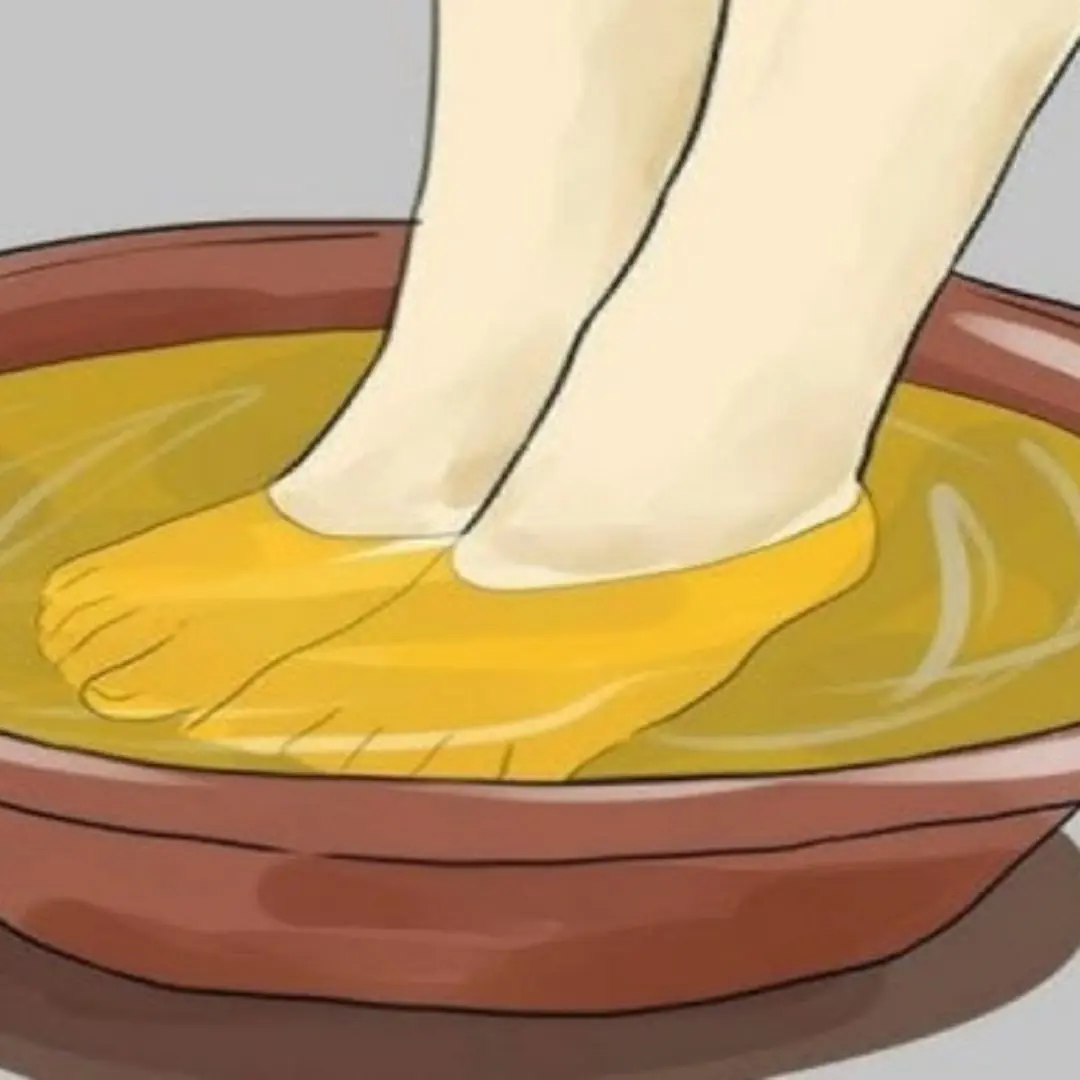
Foot Pain Relief: Should You Soak Your Feet in Warm Water or Cold Water? The Answer Might Surprise You!
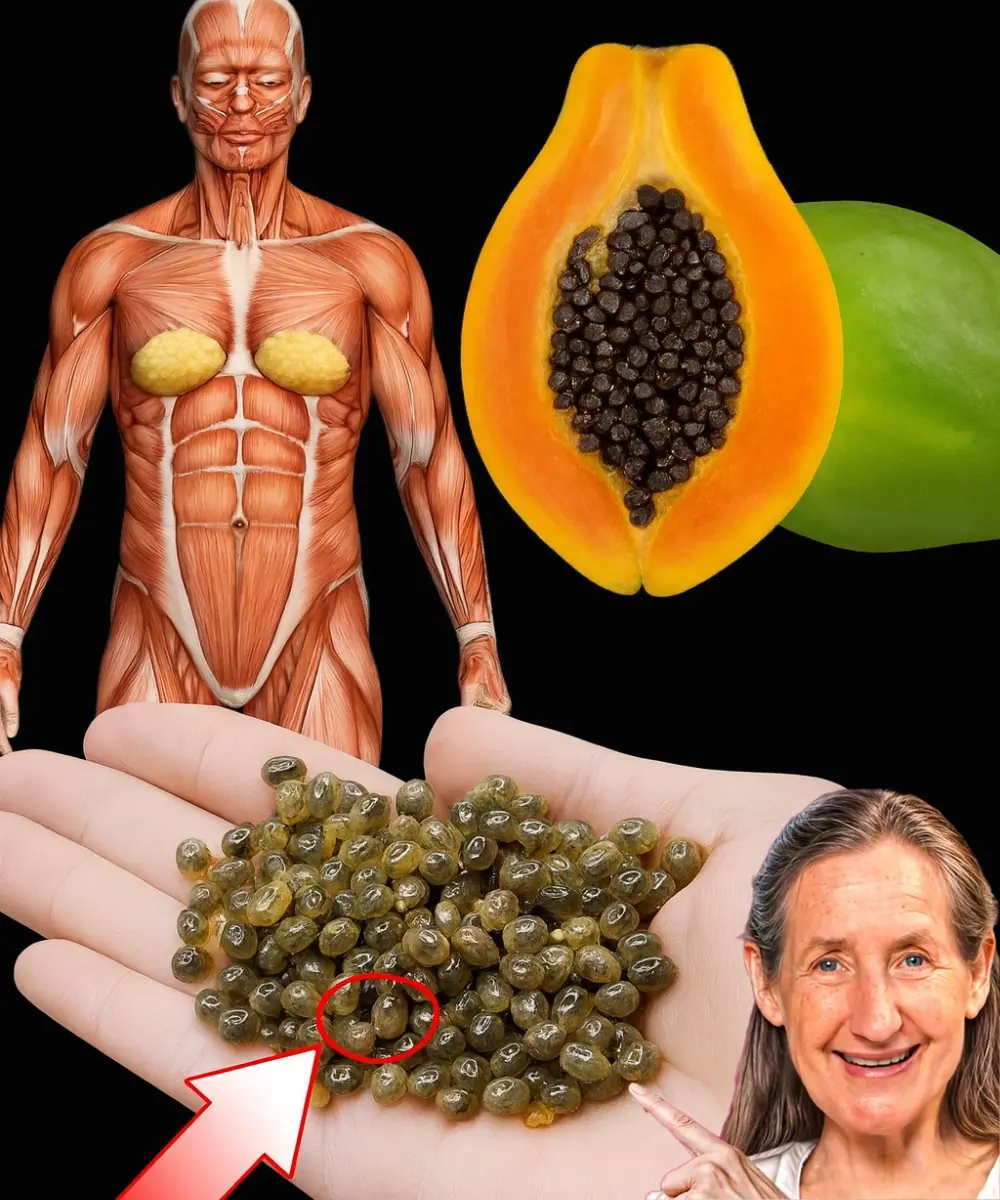
Papaya seeds can save you a lot of money at the pharmacy
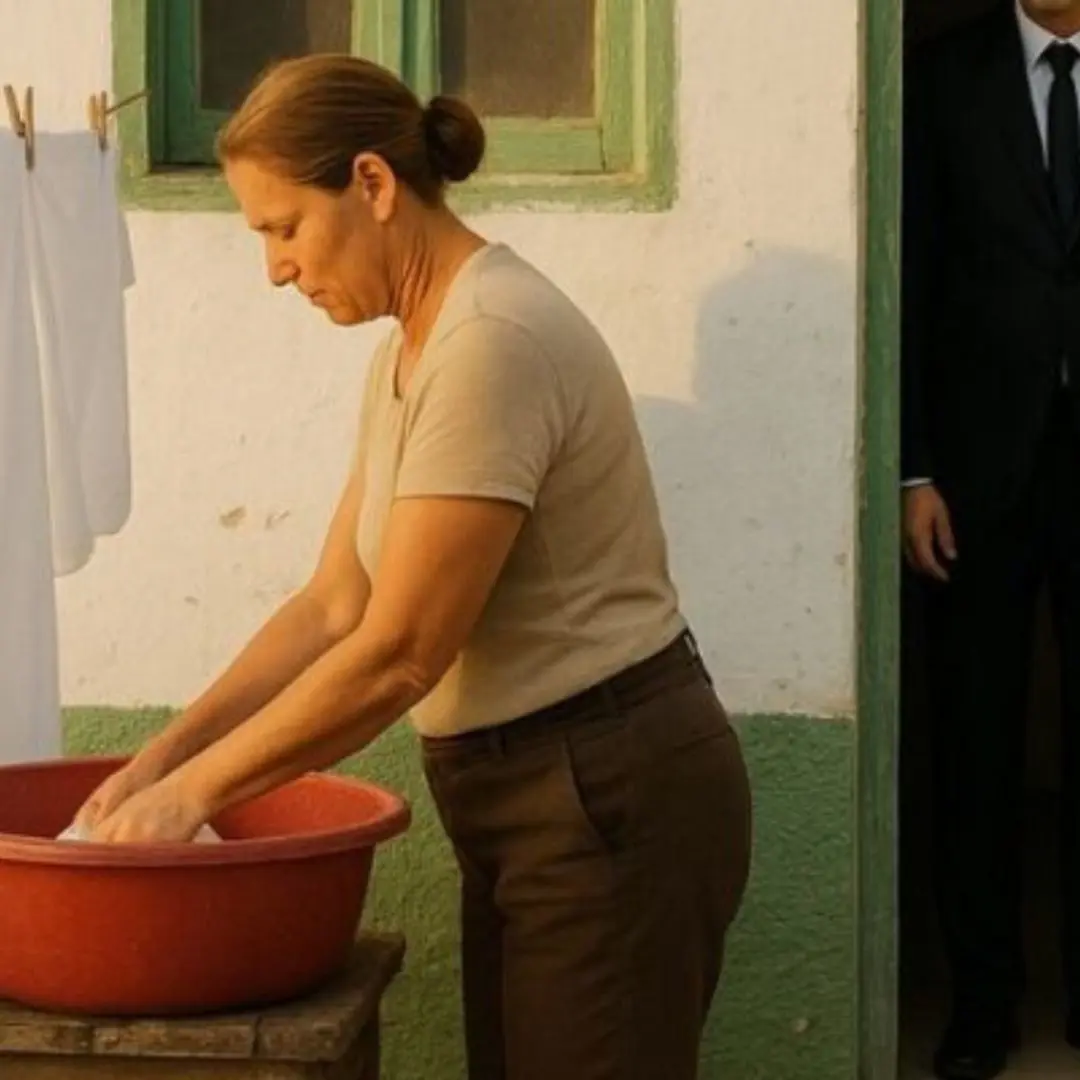
Each time the husband came home from a business trip, he’d find his wife carefully scrubbing the bedsheets. Curious one day, he hid a camera in their bedroom – only to uncover a painful truth that left him ashamed and heartbroken

The husband slapped his wife in front of his friends to show off — but her act of revenge left everyone shocked and speechless

Waking Up at Night to Drink Water, a 59-Year-Old Man Di.ed Five Days Late
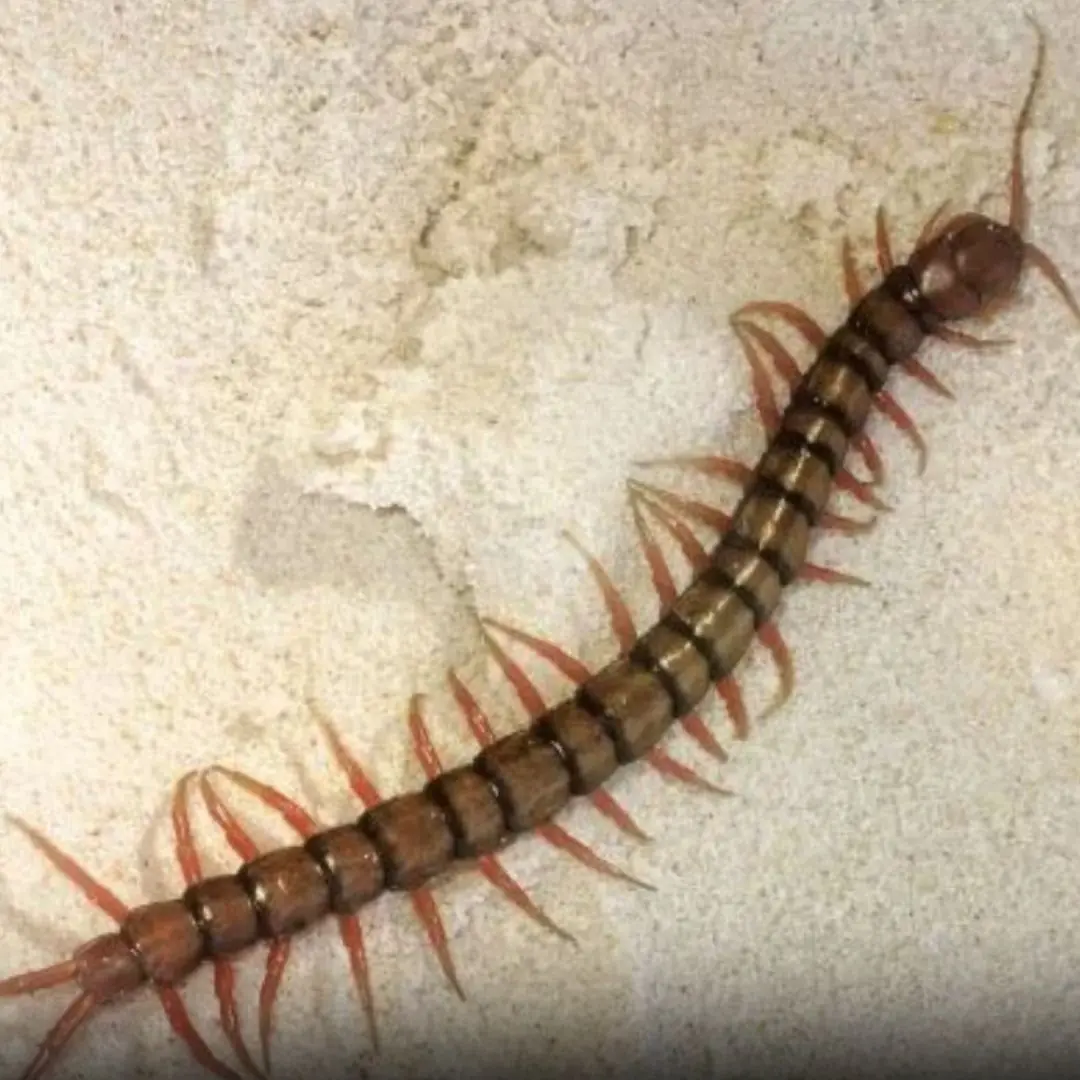
A centipede in your home isn’t random — here’s what it actually means

Elderly Homeless Woman Begged Me to Drive Her to Church — Three Days Later, She Knocked on My Door in a Lavish Gucci Coat

Found a Lump on Your Neck? Here’s What It Could Really Mean

My Harley Riding Father Died Alone Because I Hated Him More Than He Loved His Bike

Two Brothers, 4 and 7, Found Dead after Playing Together in Johnson County — Details
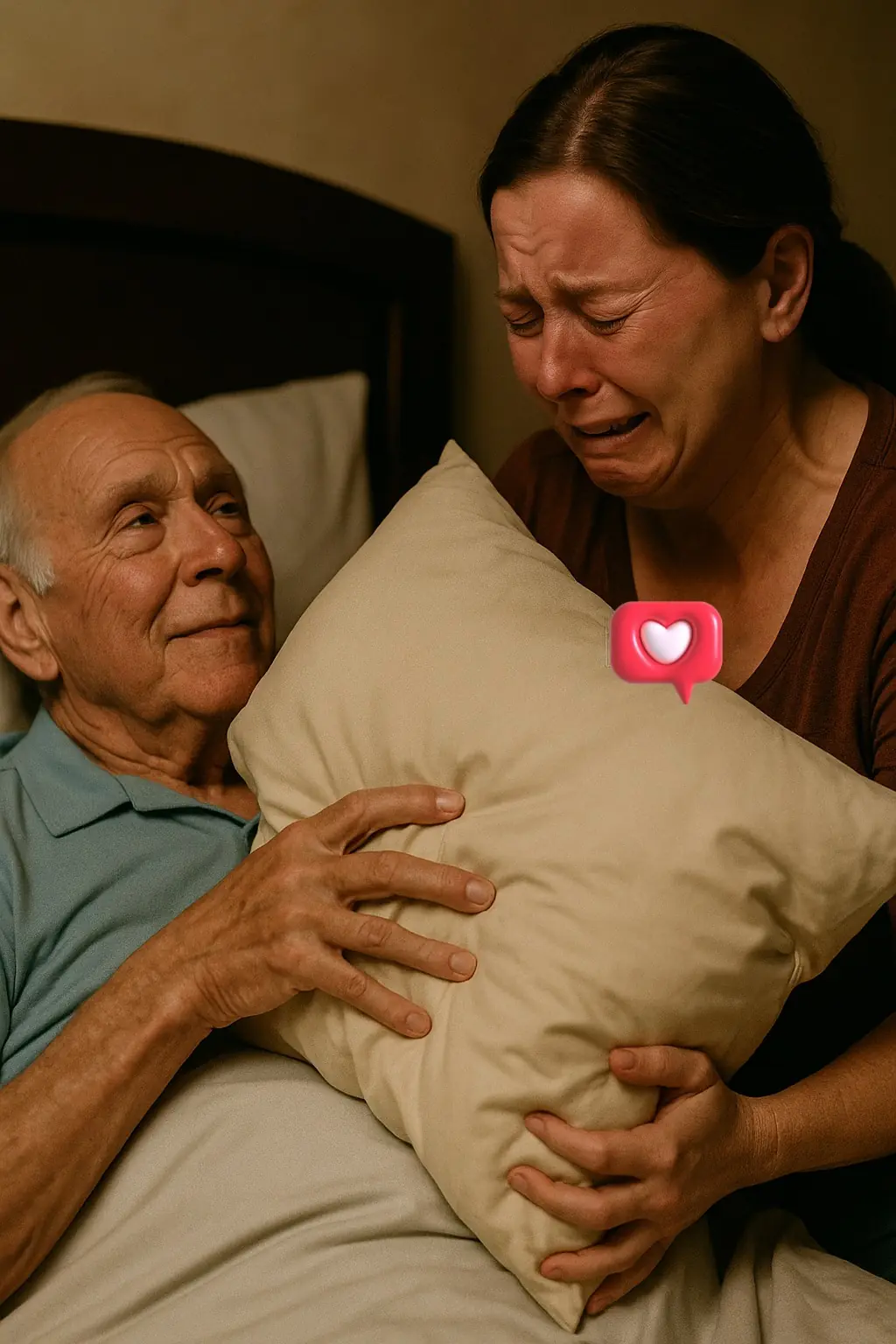
My father-in-law had no pension. I cared for him with all my heart for 12 years.
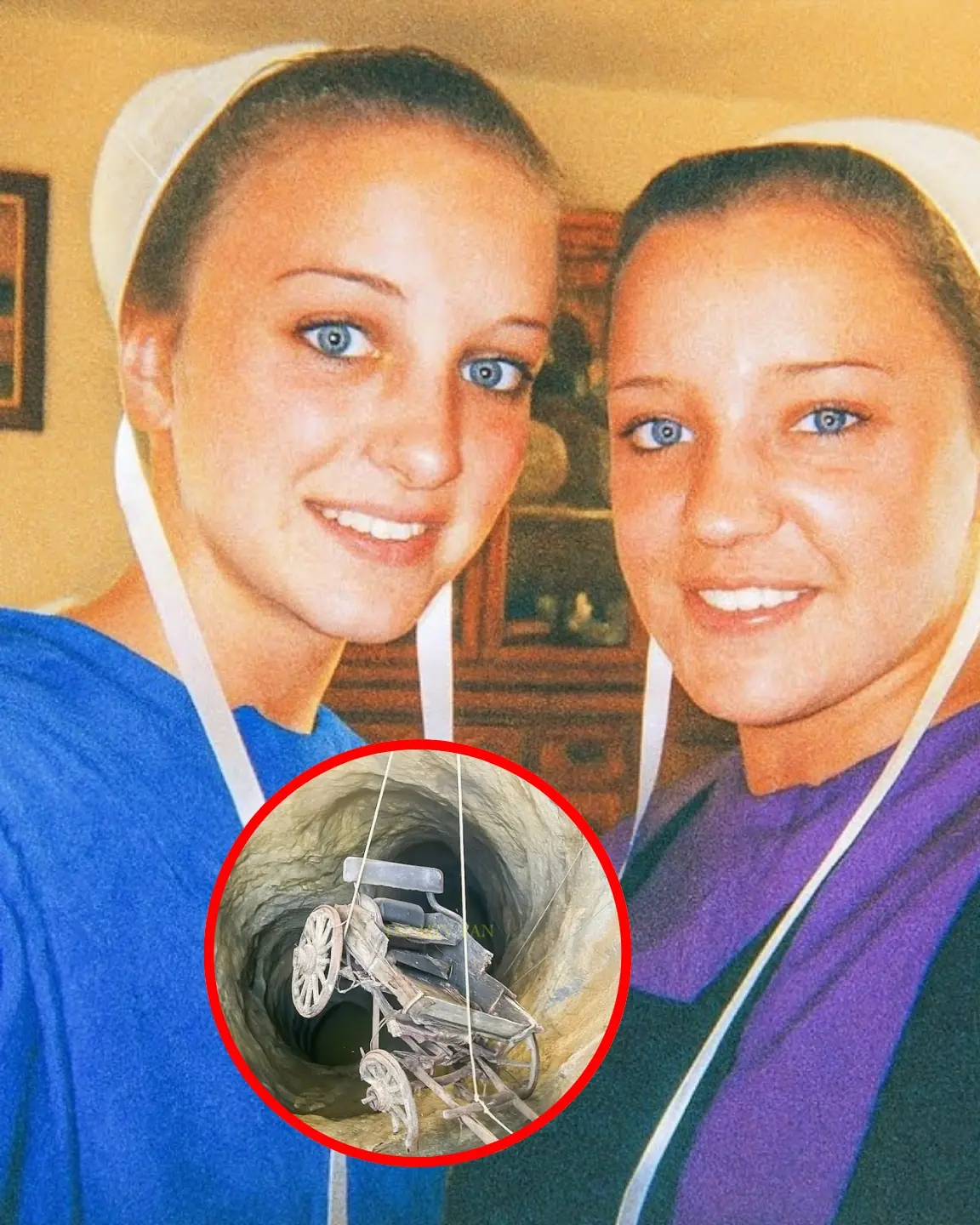
The Lost Sisters of the Valley: The Haunting Mystery of Iva and Elizabeth Vault

Our Meddling Neighbor Got Our Cars Towed from Our Own Driveway—She Paid a Great Price in Return

The Pregnancies No One Could Explain

Sofia, nursing a grievance, had hidden from her daughter Viktoria for twenty years that her father, Alexander, lived in Siberia—but then the girl accidentally found his old letters and photos in the attic.

Five years after my wife was gone, my little girl and I showed up at my best friend’s wedding. The moment he lifted the bride’s veil, my chest caved in
